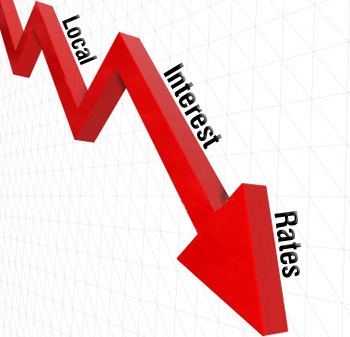By Ghassan Karam, Special to Ya Libnan 
It happened again. The Lebanese commercial banking sector in addition to many in the Cabinet were making the obligatory news media rounds on May 10, 2010 trumpeting the extraordinary increase in capital inflows into Lebanon. On the surface that sure is good news. But does it really reflect heightened confidence in the Lebanese economy or are the commercial banks telling only one side of a more complicated reality.
The figures released by Bank Audi speak of a 65% increase in capital inflows into Lebanon without specifying the nature of the capital flow in question. The nature of an inflow is crucially important to the role that such financial transactions play in the economy. There is a gienuine difference between capital that is attracted into Lebanon as a solid physical investment and between capital flows that are attracted into Lebanon to reside as deposits in the banking system.
Most of the available evidence suggests that Lebanon is attracting deposits into its banking system despite the fact that the Lebanese economy is not in need of such additional liquidity. That liquidity is the order of the day is not to be questioned. All what one needs do is simply note that total private sector deposits totaled over $80 Billion in an economy whose GDP is about $32 Billion. This means that the Lebanese banking system is carrying on its books over $18,200 per man, woman and child. If we recognize that the overwhelming number of Lebanese does not have access to such resources then it becomes clear that most of these funds belong to depositors that are not residents of the country.
So what is wrong with this picture? One more time the facts tell the story. A one year US treasury bill yields 0.45% which translates into $45 for every $10,000 over one year. Deposits in Saudi Arabia, for comparison, will yield about 2% for twelve months while a Lebanese Treasury note pays an astronomical 5.58%. You do the math in order to calculate the large sums of Money that the Lebanese Central Bank is forced to pay each year in order to mop up liquidity that is NOT needed. One estimate puts this figure at close to $2 billion a year.
These payments are not only inefficient but are unconscionable. Under a normal state of affairs the Lebanese commercial banks should not be paying such an unacceptably high premiums for deposits that they do not require. The banks are willing to pay such high rates only because the Central bank is acting as an enabler by squandering monies that could be put into much more productive use by the government. It also behooves us to remember that these funds are nether stable nor reliable. Such flows are very highly volatile.
These BDL wasted funds could have been deployed more productively by reducing the overall level of indebtedness of the Lebanese state or could have been invested in a large variety of badly needed infrastructure projects. A more reliable electric service, better highways, more schools, a dependable social security system or even lower international telecommunication tariffs come to mind.
If the Lebanese Central Bank is to stop issuing its CD at such a high rate then the member banks will lower their interest rates on deposits and the savings could be applied to lower the debt burden or help finance a n off shore wind turbine farm. How about that for a win win proposition?
Leave a Reply
You must be logged in to post a comment.